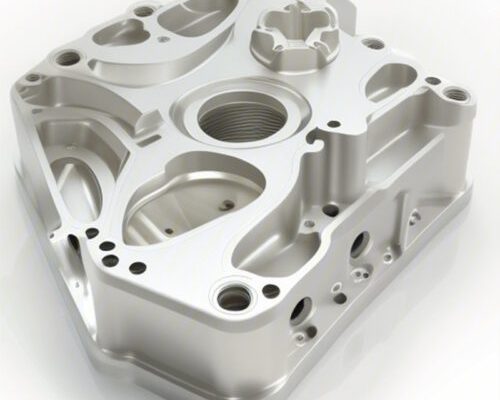In the realm of modern manufacturing, two technologies stand out as frontrunners: CNC machining and 3D printing. While both have revolutionized the industry, they serve different needs and offer unique advantages. This blog post will explore the benefits of CNC machining and how it distinguishes itself from 3D printing, providing clarity on when to choose CNC machining for your projects .
Understanding CNC Machining
CNC, or Computer Numerical Control, machining is a subtractive manufacturing process. It uses computer-controlled machine tools to remove material from a workpiece to create a part. This method is highly precise and suitable for a wide range of materials, including metals, plastics, and composites.
Understanding 3D Printing
3D printing, also known as additive manufacturing, builds parts layer by layer by adding material. It’s a flexible technology that can create complex geometries and is ideal for prototypes and small batch production.
Key Advantages of CNC Machining
1. Precision and Accuracy
CNC machining offers superior precision and accuracy compared to 3D printing. The parts produced through CNC have tight tolerances and consistent quality, making them ideal for applications requiring high precision such as aerospace components, intricate gears, or medical devices .
2. Material Properties
CNC machining works with a broad range of materials, maintaining their original properties after machining. This is crucial for applications where material strength and thermal or electrical conductivity are critical .
3. Surface Finish
The surface finish of parts produced by CNC machining is generally smoother and of higher quality than that of 3D printed parts. This is particularly important for applications where aesthetics and performance are closely linked .
4. Durability and Strength
Since CNC machining removes material to create a part, it results in stronger and more durable components. There are no layer boundaries as in 3D printing, which can be a point of weakness .
5. Cost-Effectiveness for High-Volume Production
While the initial setup cost for CNC machining might be higher, it becomes more cost-effective for mass production due to faster production times and lower material waste .
6. Post-Processing
CNC machining often requires less post-processing compared to 3D printing. The parts are near-net shape, reducing the need for additional finishing or treatment .
7. Large Part Production
CNC machines can handle larger workpieces, making them suitable for large part production that 3D printers, which are limited by the size of their build envelopes, cannot accommodate .
Choosing CNC Machining Over 3D Printing
When deciding between CNC machining and 3D printing, consider the following:
- Tolerances and Specifications: If your project requires tight tolerances and high precision, CNC machining is the superior choice.
- Material Selection: For projects needing a variety of materials, especially metals, CNC machining offers more options.
- Surface Finish: If a smooth, polished finish is critical, CNC machining is more likely to meet these requirements.
- Volume of Production: For large-scale production runs, CNC machining is typically more cost-effective.
- Part Size: For larger parts, CNC machining is often the only viable option due to size constraints of 3D printers.
Conclusion
CNC machining and 3D printing are both powerful manufacturing technologies, but they serve different purposes. CNC machining excels in precision, material integrity, surface finish, and is more cost-effective for high-volume production. It’s ideal for applications where strength, durability, and consistency are paramount.
Understanding the advantages of CNC machining can help you make informed decisions about which manufacturing process to use for your projects. Whether you’re developing prototypes or producing end-use parts, knowing when to leverage CNC machining can be the key to success in today’s competitive manufacturing landscape

